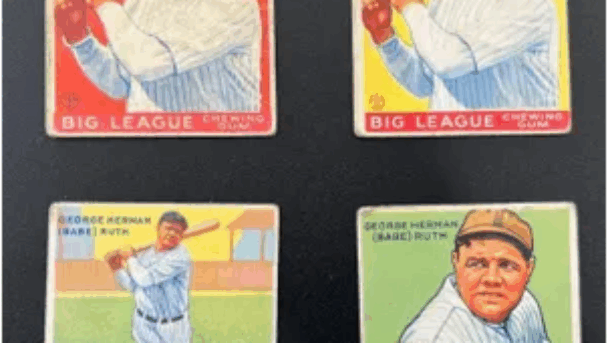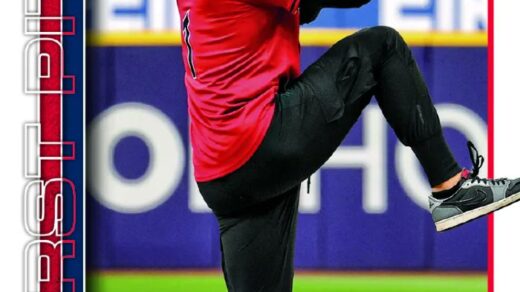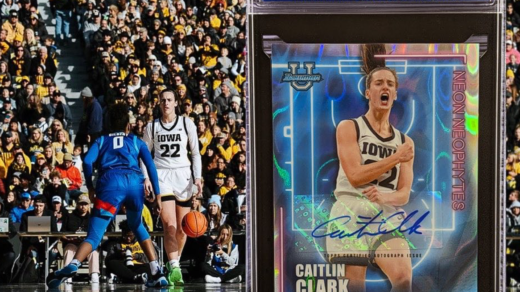The story unfolds with what could easily be the opening of a treasure hunter’s dream novel—a dusty attic in Northeast Ohio, a forgotten cigar box, and a family willing to delve into the unknown. Instead of ancient manuscripts or pirate gold, what awaited discovery were vintage baseball cards that turned out to be as valuable as gold for those who appreciate America’s enduring love affair with its national pastime and its legendary hall-of-famers.
Unearthed by a pair of siblings, who prefer the comfort of anonymity over the glare of public attention, this immense cardboard haul included several venerable names, crowned by none other than the Sultan of Swat himself, Babe Ruth. Little did the siblings know, their excursion into their late parents’ belongings would culminate in a bidding bonanza that saw these cards crossing the auction block for a hefty sum of $120,000.
The auction, conducted by Stark County’s own Kiko Auctions, became a frenzied affair that drove the baseball card-hungry bidders into a tizzy over the nearly ancient pieces of history up for grabs. The numbers reviewed by the diligent team at The Canton Repository revealed a grand total of 623 lots—the majority of which comprised cherished baseball cards. Among these, over 200 hailed from the 1933 Goudey Big League Gum set, a set that card collectors speak about in hushed tones, akin to whispering about a meteorite diamond that’s fallen from the clear blue sky.
For those who might not know, the significance of the 1933 Goudey set in baseball card lore cannot be overstated. It was the year the foundational step of including a stick of gum with each baseball card pack was introduced—a simple innovation that supercharged the card set’s desirability and collectible value. In addition to making waves with its concoction of gum and cardboard, this set regaled collectors by featuring cards of numerous baseball icons, making it highly coveted not just by fans of the sport but by serious collectors globally.
By the auction’s thrilling close on that fateful June day, the Ruth cards alone accounted for $35,250 of the winning bids, but cash wasn’t the only currency exchanged; a heaping portion of nostalgia was up for grabs. Even after appending the unavoidable internet premium and sales tax, the newly minted revenue surpassed a staggering $140,000—the price of living in the annals of collecting history.
Amid the digital crowd of feverish bidders was one notable participant who seemed to have zeroed in on these historical tokens of glory with a laser-sharp focus. Going by their user ID—a clandestine calling card of auctions—they walked away with the marquee lot, a 1933 Goudey Babe Ruth card brandishing a vivid red background, acquired for an impressive $8,000. In the emotional realm of collecting, filled with risk and reward, the fact that none of the cards bore the stamp of professional grading did not dilute the bidding enthusiasm, instead, it added a touch of intrigue and speculative adventure to the proceedings.
For these collectors, acquiring an ungraded card holds the promise of potential treasure—a card that might once their trained hands reveal its true condition, become the equivalent of finding out you’ve just polished Thor’s forgotten hammer. Whether from a bygone era or nestled alongside the troves of modern memorabilia, these cards carry stories, elements of Americana, and the dreams of yesteryears, securely tucked in their corners and scuffs.
Thus, this fairy tale from an Ohio attic metamorphosed into a URL-addressed auction house drama, a confluence of baseball’s golden past and digital-age sales platforms, portraying that the nexus of nostalgia and commerce remains robustly alive. For those who watched and participated, it was a poignant reminder that baseball, with its legends and anniversivals, still holds the heartstrings and longings of the faithful, always ready for the next inning, the next card uncovered, in attics far and wide across this baseball-loving land.




